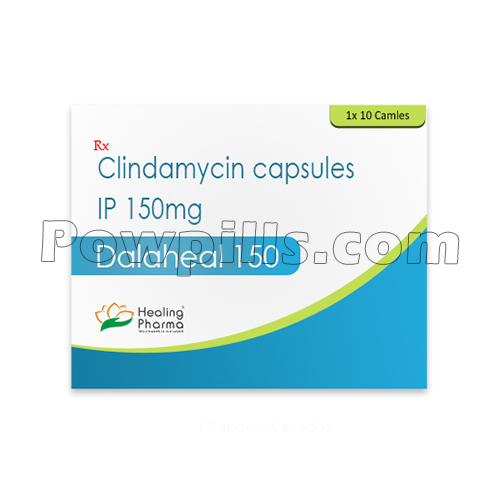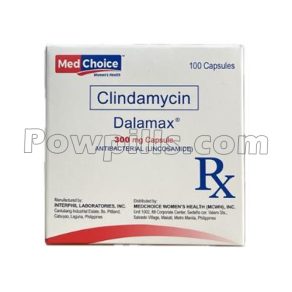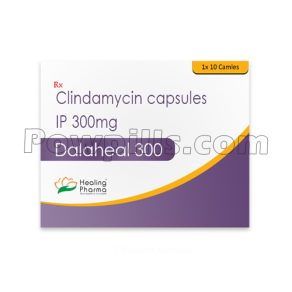Clindamycin 150 Mg Overview
Clindamycin 150 Mg is a commonly used antibiotic from the lincosamide class. It is a useful treatment for a variety of bacterial infections, notably those involving the lungs, skin, bones, and internal organs.
This blog entry dives into the benefits, uses, mechanism of action, side effects, and precautions of Clindamycin 150 mg, helping you understand why it is a reliable treatment for a variety of bacterial illnesses.
What Is Clindamycin 150Mg?
Clindamycin 150 Mg is an antibiotic given to treat bacterial infections. It is commonly used when other antibiotics, such as penicillin, are ineffective owing to resistance or allergies.
This medication is available in a variety of forms, including capsules, injectables, and topical creams, and it works by inhibiting the growth of germs that cause infections.
How Does Clindamycin 150mg Work?
This medication comes in a variety of forms, including capsules, injectables, and topical creams, and works by inhibiting the growth of bacteria that cause infections.
Dosage
The dosage of Clindamycin 150 mg varies depending on the type and severity of the infection. For most infections, it is taken orally as a capsule, with or without food.
It is typically prescribed to be taken every 6-8 hours, depending on the doctor’s recommendation.
Always follow your doctor’s instructions carefully and complete the full course of treatment, even if you start to feel better.
Side Effects
Like all medications, Clindamycin 150 mg may cause side effects, though not everyone experiences them. Some common side effects include:
- Nausea and vomiting
- Diarrhea
- Stomach pain
- Rash or itching
- Metallic taste in the mouth
In rare cases, Clindamycin may cause more severe side effects, such as Clostridium difficile-associated diarrhea (CDAD), which can lead to severe intestinal problems.
Precautions
Before using Clindamycin 150 mg, tell your doctor if you have any allergies, pre-existing medical conditions, or other medications, as it may interfere with them.
People who have a history of gastrointestinal problems, such as colitis, should use Clindamycin with caution.
It is also critical to inform your doctor if you are pregnant, intending to get pregnant, or breastfeeding.
FAQs
Can I Consume Alcohol While Taking Clindamycin 150 Mg?
While alcohol has no direct interaction with Clindamycin, it may increase certain adverse effects, such as nausea and stomach trouble.
It is important to check with your doctor about alcohol consumption while taking this medicine.
How Long Does It Take Clindamycin 150Mg To Work?
The effects of Clindamycin 150 mg begin within a few days of commencing therapy, but it is critical to finish the entire course of medication to ensure the infection is completely treated.
Can I Use Clindamycin 150 Mg For A Viral Infection?
No, Clindamycin 150 mg only works against bacterial illnesses. It will not treat viral illnesses like the common cold or the flu.
How Should I Take Clindamycin 150Mg?
Take Clindamycin 150mg exactly as prescribed by your doctor. It is usually taken every 6–8 hours, with or without food. Be sure to complete the full course of the medication, even if you feel better before finishing it.


 Best Selling Medicine
Best Selling Medicine


